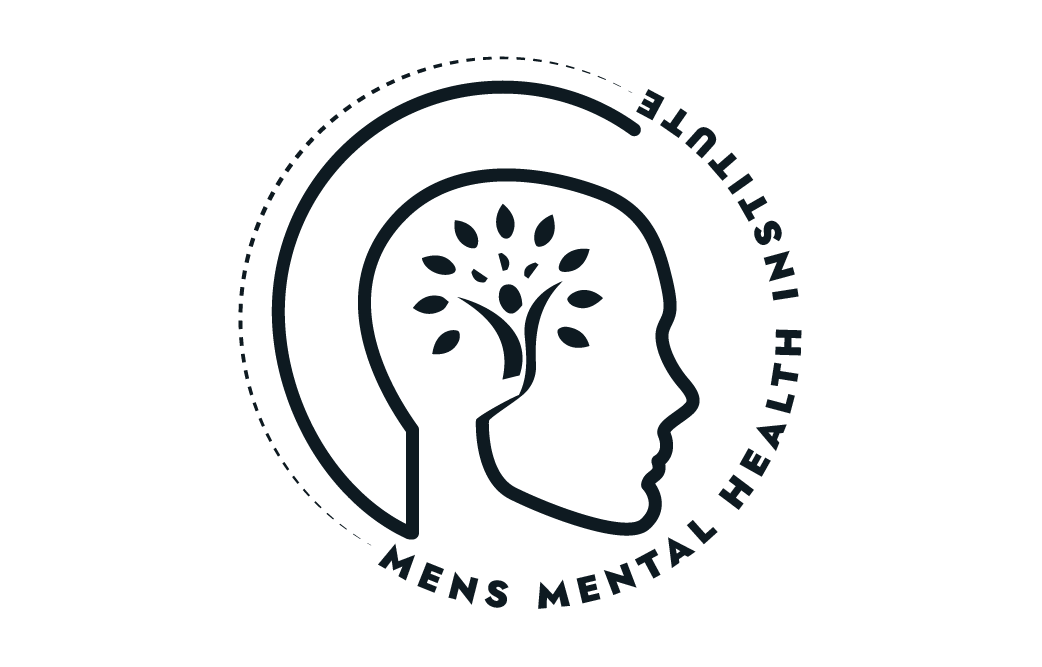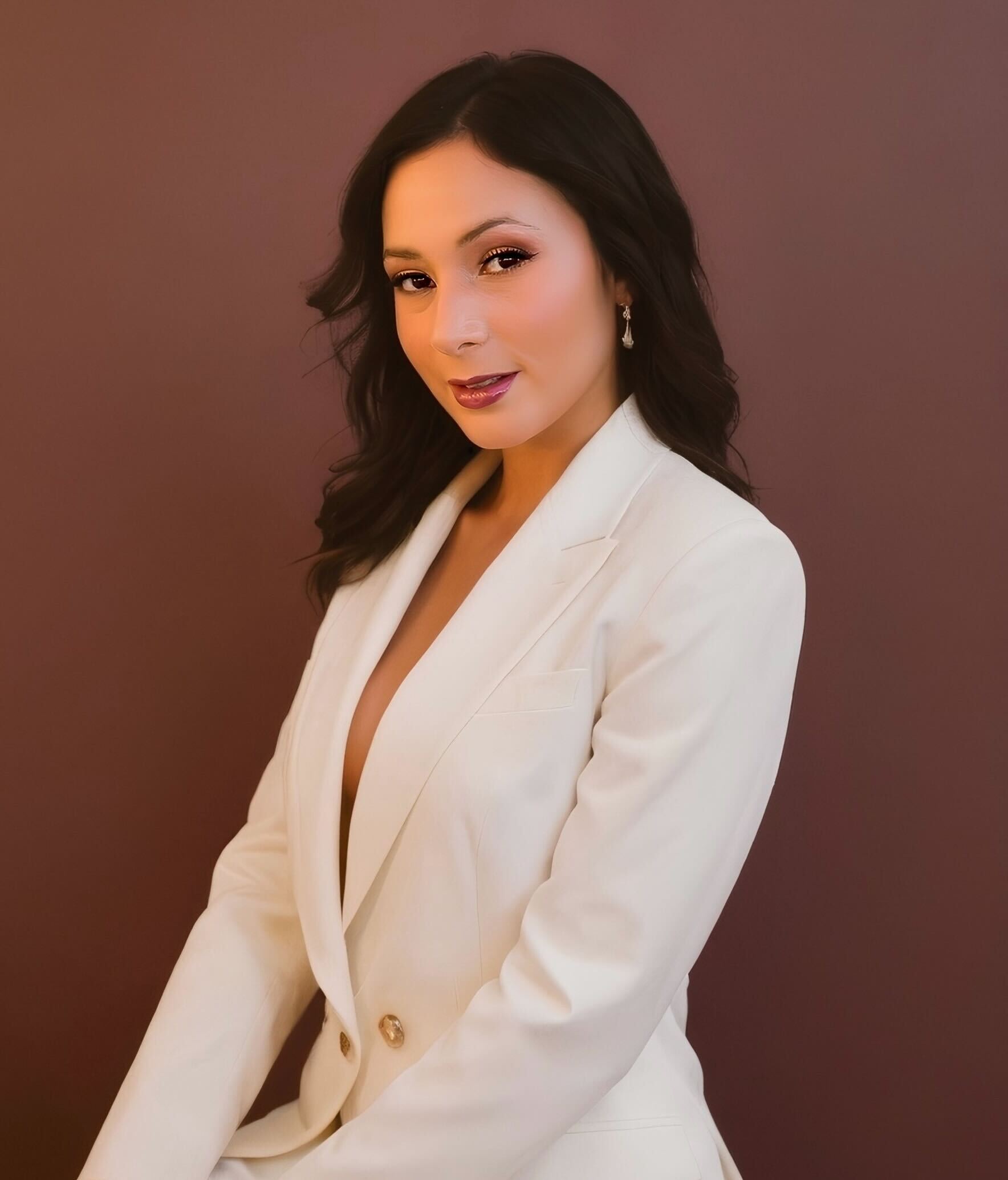The “Nice Guy” Paradox: Why Kindness Alone Isn’t Enough
If you’ve ever felt frustrated thinking, “I’m a good guy, but why do I always finish last?” you’re tapping into a complex emotional and social dynamic. The “nice guy” persona often involves being agreeable, self-sacrificing, and conflict-avoidant, traits that, while valuable, can backfire in relationships and social settings.
From a neuroscience standpoint, people are wired to respond to signals of confidence, emotional regulation, and assertiveness. When the “nice guy” suppresses anger, boundaries, or authentic desires, the brain’s threat detection system can misread this as passivity or lack of value, which can lower perceived social status.
Evolutionary psychology shows that attraction and respect often hinge on a balance of kindness and strength. Men who are too agreeable may fail to signal competence or leadership, which are traits often sought after subconsciously.
Social psychology research points out that “nice guys” frequently engage in people-pleasing behaviors, hoping to earn love and respect through approval rather than genuine connection. This dynamic can create resentment or invisibility, because relationships based solely on approval are unstable.
The mental health industry sometimes mislabels this pattern as codependency or anxiety, prescribing medication or generic therapy without addressing the deeper identity issues and communication deficits. Over-diagnosis can distract from empowering men to develop authentic assertiveness.
Therapeutic Approaches to Overcome the “Nice Guy” Trap
Cognitive Behavioral Therapy (CBT)
Helps identify and reframe beliefs like “I must always please others to be loved” or “Conflict is dangerous.” Builds skills to express needs and limits respectfully.
Dialectical Behavior Therapy (DBT)
Teaches emotional regulation and distress tolerance, so you can handle conflict without shutting down or exploding.
Assertiveness Training
Practical exercises to communicate honestly and set boundaries while maintaining respect and empathy.
Exploring Masculine Identity
Therapy that helps integrate strength and kindness into a balanced identity, moving beyond stereotypes.
What You Gain When You Stop Finishing Last
Mentally, you develop stronger self-worth and reduce anxiety about rejection.
In relationships, you attract partners who respect your boundaries and authentic self.
Socially and professionally, you command respect and influence without sacrificing kindness.
Financially, confident decision-making and leadership open doors to new opportunities.
Being “nice” is valuable, but being assertive, authentic, and emotionally balanced is what truly helps you thrive. Therapy can support you in shifting from “nice guy” to “real man”, one who finishes first in life and love.
Why Do Women Always Choose Bad Men?
1. The Confusing Pull Toward “Bad Men”: A Male Perspective
Many men ask themselves, “Why do women seem to choose bad men?” This question often comes from frustration, hurt, and confusion. It’s important to understand that this isn’t about “women” as a whole, but about patterns driven by deep psychological and social forces.
From a neuroscience lens, human brains are wired to seek both safety and excitement. “Bad men” often display traits associated with high testosterone, dominance, and risk-taking, which historically signal genetic fitness in evolutionary terms. This can trigger a strong attraction response, even if those traits come with emotional volatility or instability.
Social psychology explains that trauma or attachment wounds in women can unconsciously drive them toward partners who recreate familiar patterns, even harmful ones, as their brains try to “solve” early relational pain.
Men sometimes interpret this as unfair or irrational, but the truth is complex: attraction isn’t just about “good” or “bad” but about unconscious needs, emotional chemistry, and learned behavior.
In the mental health field, women’s choices are often pathologized with labels like “trauma bonding” or “codependency” without addressing the relational context or offering nuanced support for change.
2. Therapeutic Strategies to Understand and Shift Patterns
Attachment-Informed Therapy
Explores early relationship patterns to uncover why certain partner choices repeat. Healing these wounds reduces the pull toward toxicity.
Emotion Regulation and Mindfulness
Helps manage the highs and lows of intense relationships and develop healthier emotional responses.
Cognitive Behavioral Therapy (CBT)
Challenges distorted beliefs like “I can fix her” or “I’m only lovable if I’m valuable.”
Psychoeducation on Healthy Boundaries
Teaches how to recognize red flags and build standards for respectful relationships.
3. What Men Can Gain From Understanding This Dynamic
Mentally, you develop empathy and realistic expectations about attraction and relationships.
In love, you become more aware of your own patterns and can foster healthier partnerships.
Socially, better understanding reduces bitterness and improves communication with partners.
Financially and emotionally, stability grows as you invest in balanced, respectful relationships rather than drama.
Understanding why some women are drawn to “bad men” isn’t about blame, it’s about insight, compassion, and growth. Therapy integrating brain science, emotional work, and social awareness can help you break cycles and build lasting connection.








